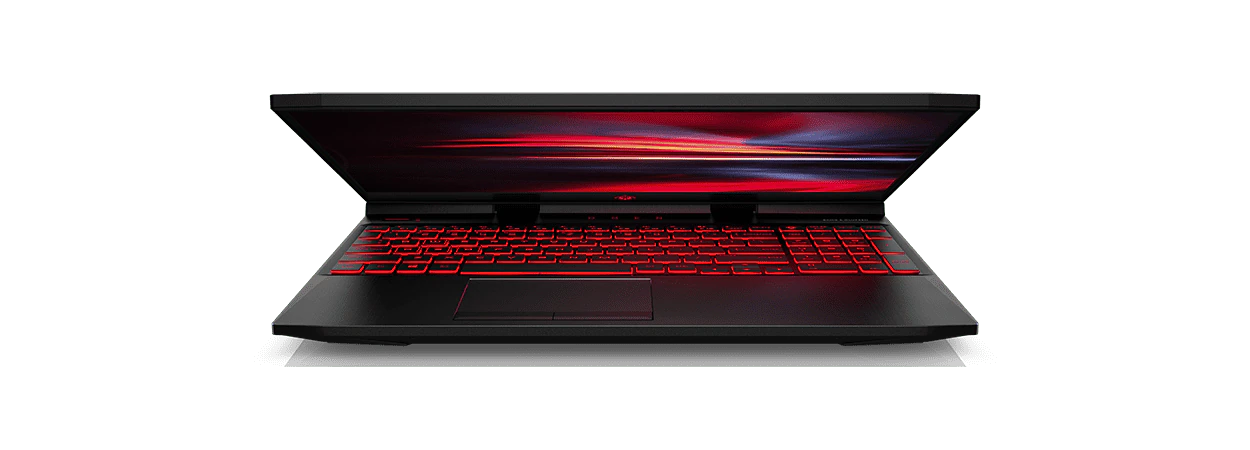Thank you for visiting the HONG KONG HP Store
-
Contact Us
CONTACT USChat with us
- Our specialist are here to help
- Live chat
- Sales
- 85264507529(WhatsApp)
-

- Post Sales
- 85230016720(WhatsApp)
Mon-Fri 8.30am - 5.30pm
(exc. Public Holidays)
Live product demo
Store finder Locate our storesSubmit feedback We value your opinion! - Location
- My Account
How to Reset BIOS Settings on Windows PCs


Your computer’s BIOS, short for Basic Input/Output System, is a critical part of how your hardware operates from its first day of use to the last. BIOS helps manage the various components that add up to a modern computer, providing a stable and consistent way for devices to start up.
When you turn your computer on, your BIOS essentially tests and activates everything it needs to start running. Once it finishes testing components, it sends a signal to your operating system to activate and then hands over responsibility for program operation to the CPU. With modern computers, the term BIOS and UEFI (short for Unified Extensible Firmware Interface) are often used interchangeably to avoid confusion. The systems are comparable in purpose but differ in how they achieve the desired effect.
There are three primary ways to reset your computer’s BIOS or UEFI settings. Each gets the job done but can have slightly different fields of application and technical requirements from the user side. Here are the three methods we’ll discuss:
1. Reset internally from your device’s BIOS or UEFI menu
2. Reset by removing or replacing the CMOS battery
3. Clear and reset BIOS settings by clearing your motherboard jumper
Our discussion will focus on how to access and reset your BIOS in Windows 10 but the procedure is relatively similar for older devices.
When do you need to reset your BIOS settings?
For most users, BIOS issues should be uncommon. However, you may need to reset your BIOS settings to diagnose or address other hardware issues and to perform a BIOS password reset when you’re having trouble booting up. Resetting your BIOS restores it to the last saved configuration, so the procedure can also be used to revert your system after making other changes.
Whatever situation you may be dealing with, remember that resetting your BIOS is a simple procedure for new and experienced users alike. It may be a little more technical than other day-to-day processes and you shouldn’t take it lightly, but it’s a straightforward and powerful fix when you’re facing otherwise insurmountable CMOS or hardware compatibility issues.
How to reset BIOS settings on Windows PCs
1. RESET INTERNALLY FROM YOUR DEVICE’S BIOS OR UEFI MENU
By far the most simple and non-technical method, resetting internally from your PC’s BIOS menu during bootup is also the safest and most consistent with the manufacturer’s intentions. It should be your preferred method unless you encounter difficulties starting up your computer or accessing the BIOS menu conventionally.
Pre-Windows 10 builds should look for instructions during bootup, with F2 providing access on most machines. Windows 10 users have several options, though the first is the easiest:
• Hold down the shift key while you restart your computer
• You should see a blue screen with advanced troubleshooting options
Or if you prefer, you can also do the following:
• Navigate to the Settings tab under your Start menu by clicking the gear icon
• Click the Update & Security option and select Recovery from the left sidebar
• You should see a Restart now option below the Advanced Setup heading, click this whenever you’re ready
• When your computer restarts, it should load a blue screen with advanced troubleshooting options
• Select Troubleshoot and then click Advanced Options from the resulting options
• Choose UEFI Firmware Settings and click Restart to continue
Your computer should shut off and then load a setup menu. This interface can vary in exact appearance and wording, but there should be several areas to find the reset default button.
Because the interface can vary, you may want to check multiple tabs for options, but be on the lookout for Configuration, Security, or Exit. Watch for phrases like “Load Setup Defaults” or “Load Default Options,” which should bring up a Yes or No dialog box. Select yes and your default settings should be restored. From here, simply exit and startup as usual.
2. RESET BY REMOVING AND REPLACING THE CMOS BATTERY
The first of our more technical solutions involve removing and replacing the CMOS battery. Not every type of motherboard includes a CMOS battery, which provides a power supply so that motherboards can save BIOS settings. Bear in mind that when you remove and replace the CMOS battery, your BIOS will reset.
Here’s how to do it:
• Turn off your PC’s power supply and remove all connections
• Make sure you’re properly grounded to prevent damage to your computer
• Access your computer’s interior, find the motherboard, and identify the CMOS battery. If you aren’t sure what this component looks like with your device, do some research into your specific model and specifications
• Remove the battery, wait several minutes, and reattach the battery to your motherboard. You may want to replace it with a new battery, rather than simply reinserting the old one. To avoid damage, remember to take extreme caution removing the battery, particularly if it doesn’t detach easily
3. CLEAR AND RESET BIOS SETTINGS BY CLEARING YOUR MOTHERBOARD JUMPER
Our final method for resetting your BIOS involves clearing your motherboard jumper, but it’s almost always limited in application to desktop PCs. It can also involve making fine adjustments to your motherboard, so you should take precautions before you start. You’ll definitely need to do some research beforehand as well.
First, you’ll need to check your owner’s manual or make sure you can successfully identify your motherboard jumper. They often look different, so familiarity with one or another type is not always a guarantee. Videos and guides are common, and manufacturers usually outline these procedures fairly clearly.
Next, you’ll follow the same safety procedures described above.
• Start by disconnecting your computer’s power supply, unplugging all connections, and grounding everything
• From here, follow the jumper-clearing instructions in the manual or online guide for your specific motherboard
You can often find them near your CMOS battery or by identifying a small plastic pin covering with associated language. But to avoid hiccups or settings problems, it’s crucial that you work from instructions tailored to your device.
Other options and support
Having trouble resetting your BIOS using the instructions above? Fortunately, most users still have plenty of recourse when they run up against obstacles. You can always contact HP support for any issues with your HP laptop or desktop PC, and many other manufacturers will provide some form of assistance with or without a warranty.
- Our specialist are here to help
- Live chat
- Sales
- 85264507529(WhatsApp)
-

- Post Sales
- 85230016720(WhatsApp)
Mon-Fri 8.30am - 5.30pm
(exc. Public Holidays)
Live product demo









